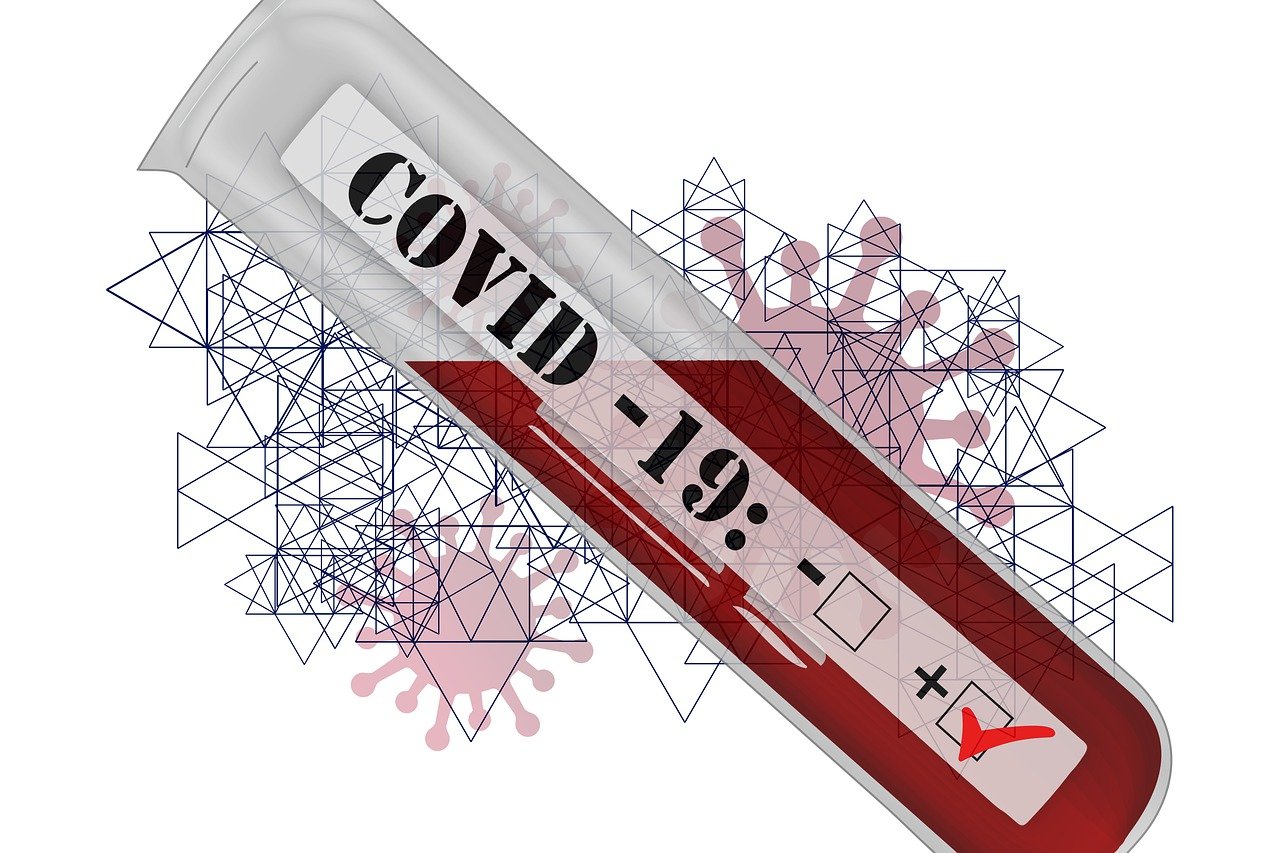Last January 20, 2021, the World Health Organization (WHO) has finally released its January 13 notice for in vitro diagnostics(IVD) which supercedes its December 14, 2020 issue [see WHO finally admits the problem of PCR tests]. This new memo is intended to “clarify information provided by WHO”.
In this new notice, WHO reminds users of IVD to read and follow the Instructions For Use (IFU) when interpreting the results of specimens tested using PCR methodology. It reminds IVD users: “The cycle threshold needed to detect virus is inversely proportional to the patient’s viral load. Where test results do not correspond with clinical presentation, a new specimen should be taken and retested using the same or different NAT [Nucleic Acid Technology] technology”. The notice adds, “disease prevalence alters the predictive value of test results; as disease prevalence decreases, the risk of false positive increases…This means that the probability that a person who has a positive result (SARS-CoV-2 detected) is truly infected with SARS-CoV-2 decreases as prevalence decreases”.
Editor’s Note: As usual, WHO’s new notice comes in veiled language. But it is nonetheless a milestone, as it supports many of the insights we have shared in this website. It also supports our call to end all coronavirus restrictions, and to focus health care support for those in the vulnerable sector, instead of wasting resources on non-medical solutions that are geared towards the generally healthy population.
To better understand this new update from the WHO, we need to understand some terms first. Let’s begin with the term “disease prevalence”.
The CDC defines prevalence as “the proportion of persons in a population who have a particular disease or attribute at a specified point in time or over a specified period of time”.1https://www.cdc.gov/csels/dsepd/ss1978/lesson3/section2.html This definition necessitates that the symptoms of a disease is well defined, in order for the diagnosis to be correct. How then do we know that a person has COVID-19? The CDC identifies the following symptoms: fever or chills, cough, shortness of breath or difficulty breathing, fatigue, muscle or body aches, headache, new loss of taste or smell, sore throat, congestion or runny nose, nausea or vomiting, and diarrhea.2https://www.cdc.gov/coronavirus/2019-ncov/symptoms-testing/symptoms.html As you know, these symptoms are very general as they are also experienced by individuals with other illnesses (for example, the flu). But for the sake of discussion, let’s pretend that these symptoms are unique to COVID-19. According to definition, a person who has COVID-19 must present its symptoms, a person who does not present the symptoms of COVID-19, logically, does not have the disease.
This is where RT-PCR testing has confounded the “pandemic” situation. People thought that just because SARS-CoV-2 has been detected in a sample, the source of the sample already has COVID-19. We must learn to distinguish the virus from the illness it causes. Even if a person has tested positive for the virus, but they are not presenting any symptoms, then they are not sick. Some people might say, “but they are still carriers of the virus!” According to this new update from the WHO, they may not be.
Remember: as disease prevalence decreases, the risk of false positive increases. Estimates from various experts put “asymptomatic cases” at 18 to 50%. 3https://www.msn.com/en-us/health/medical/how-many-people-with-the-coronavirus-are-asymptomatic/ar-BB12h1hQ A study published by Nature Medicine puts 79% of middle schoolers and teenagers as “asymptomatic”. Meanwhile, in the Philippines, asymptomatics are as high as 91.5%.4https://mb.com.ph/2020/08/25/91-5-of-ph-covid-19-cases-asymptomatic-mild-galvez/ If we follow WHO’s guidance (as governments have been following in the past 10 months), it shows that there is a huge probability that all of these asymptomatic cases were in fact false positives.
This is what many experts have been pointing out in the past few months. In fact, it is a surprise that the WHO has only issued this notice now, when the New York Times already knew as early as August about the issue of false positives [read New York Times: More experts questioning RT-PCR testing]. But despite being late, this WHO notice serves as a ticket out of the lockdown, as well as support for the Great Barrington Declaration [see The Great Barrington Declaration: Life must return to normal for the healthy, the vulnerable must be protected]. Countries are starting to fail, people are hungry and angry. It is time to end the lies. The WHO’s new notice is clear: use a lower cycle threshold, and accept that some positive tests are false positives. Failure to do so and insistence on non-targeted response to COVID-19 is a deliberate criminal act against humanity.
Read Original Article
Read Online
Click the button below if you wish to read the article on the website where it was originally published.
Read Offline
Click the button below if you wish to read the article offline.
Resources
- 1
- 2
- 3
- 4
